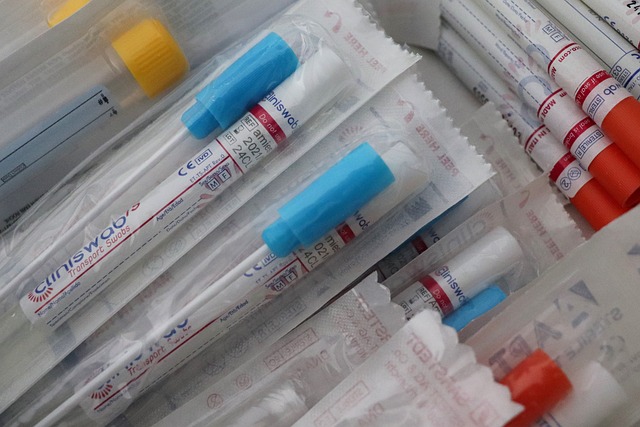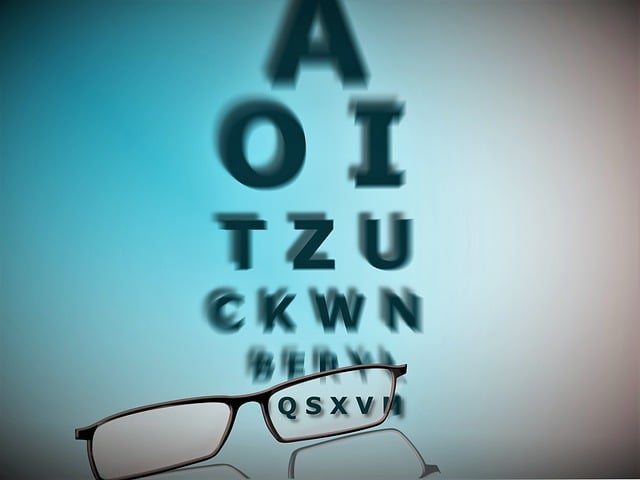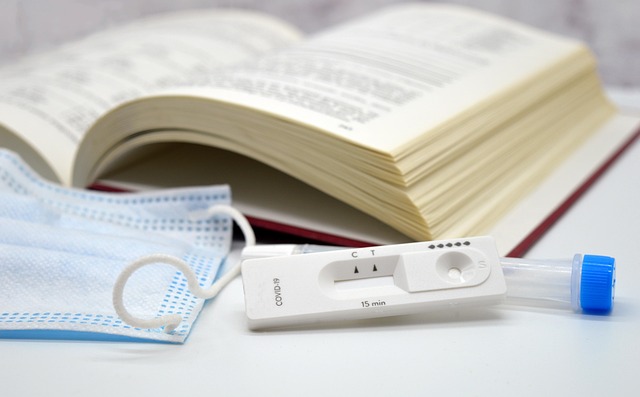Translation services for diagnostic test results in the UK must adhere to a stringent regulatory framework overseen by the Medicines and Healthcare products Regulatory Agency (MHRA), in alignment with the EU's Medical Devices Regulation (MDR) and In Vitro Diagnostic Regulation (IVDR). These services, which are crucial for healthcare professionals and patients who require multilingual labeling and interpretations of diagnostic tests, must be proficient in medical terminology and compliant with UK standards such as the IVDR 2017/745. Professional translation services specialize in accurately translating medical documents while ensuring compliance with legal requirements like the Equality Act 2010 and GDPR. They employ expert linguists who are certified under ISO 17100, ensuring precision and expertise in medical translations. The commitment to high-quality standards is essential for maintaining patient safety and accurate communication of healthcare information across language barriers within the UK, thereby upholding the integrity of the nation's diagnostic practices and healthcare services. This dedication to quality assurance through specialized translation services ensures that diagnostic test results are effectively disseminated and remain compliant with UK legal requirements.
Navigating the compliance of diagnostic test results within the UK’s regulatory framework is pivotal for healthcare providers and patients alike. This article delves into the intricacies of this process, highlighting the significance of leveraging translation services for diagnostic test results UK to meet stringent standards. We explore the regulatory landscape, emphasising the critical role these services play in ensuring accuracy and legality across multilingual contexts. Whether you’re a medical professional or a patient seeking clarification, understanding the key considerations for translating diagnostic reports is essential for compliance with UK legislation. Join us as we outline the necessary steps to guarantee your diagnostic test results align with the UK’s regulatory requirements when utilizing translation services.
- Understanding the Regulatory Landscape for Diagnostic Test Results in the UK
- The Role of Professional Translation Services in Compliance
- Key Considerations for Translating Diagnostic Reports to Meet UK Standards
- Steps to Ensure Your Diagnostic Test Results Are Compliant with UK Legislation When Using Translation Services
Understanding the Regulatory Landscape for Diagnostic Test Results in the UK

In the United Kingdom, diagnostic test results are subject to a comprehensive regulatory framework designed to ensure accuracy, safety, and efficacy in clinical practice. This landscape is governed by several key entities, including the Medicines and Healthcare products Regulatory Agency (MHRA), which plays a pivotal role in regulating medical devices, including in vitro diagnostic devices. The MHRA’s guidelines are aligned with the European Union’s Medical Devices Regulation (MDR) and In Vitro Diagnostic Regulation (IVDR), which provide a harmonized approach across member states. Compliance is imperative for diagnostic tests to be legally marketed in the UK, necessitating adherence to these regulations from manufacturers and service providers.
For entities offering translation services for diagnostic test results within the UK, understanding this regulatory context is not just a legal requirement but also a critical component of their service delivery. These services ensure that healthcare professionals and patients receive accurate translations that are fully compliant with the UK’s stringent standards. This includes translating clinical documentation, patient information leaflets, and test results in line with the IVDR 2017/745, which mandates that all labeling for diagnostic devices must be available in a language that healthcare providers can understand. By navigating this complex regulatory environment, translation services contribute to the seamless exchange of medical information across language barriers, thereby facilitating high-quality patient care and safe diagnostic practices.
The Role of Professional Translation Services in Compliance

When diagnostic test results are generated in the UK, they often need to be communicated to patients, healthcare providers, or regulatory bodies in a variety of languages. This is where professional translation services play a pivotal role in ensuring compliance with UK regulations. These services specialize in translating medical documents, including diagnostic test results, with precision and accuracy. They are staffed by expert linguists who are not only proficient in the relevant languages but also have a deep understanding of medical terminology and context. This expertise is crucial for translations to be both accurate and compliant with legal standards set forth by the Medicines and Healthcare products Regulatory Agency (MHRA) and other regulatory bodies. The translation process must adhere to strict guidelines to ensure that the integrity and meaning of the original text are preserved, and that the translated results are comprehensible and actionable for non-English speaking individuals. By leveraging professional translation services for diagnostic test results in the UK, healthcare providers can confidently disseminate information across language barriers without compromising on compliance or patient safety. This not only facilitates better patient outcomes but also aligns with the UK’s commitment to equitable and accessible healthcare for all residents, regardless of their linguistic background.
Key Considerations for Translating Diagnostic Reports to Meet UK Standards

When translating diagnostic test results to meet UK standards, it is imperative to consider the regulatory framework that governs medical documentation within the United Kingdom. The Medicines and Healthcare products Regulatory Agency (MHRA) sets out stringent guidelines to ensure patient safety and the accuracy of health-related information. Translation services for diagnostic test results in the UK must adhere to these regulations, which include the use of terminology that is both precise and consistent with NHS practices. It is crucial to engage with translators who possess specialized knowledge in medical science and are proficient in the source and target languages to avoid misinterpretation or omission of critical information. Additionally, translation services must employ certified translators to ensure compliance with legal requirements and maintain the integrity of the data across different linguistic contexts. By adhering to these key considerations, translation services for diagnostic test results can effectively bridge language barriers while upholding the highest standards of accuracy and reliability as mandated by UK regulations. This commitment to quality in translation is essential for the effective communication of patient health information within a multilingual society.
Steps to Ensure Your Diagnostic Test Results Are Compliant with UK Legislation When Using Translation Services

In the UK, maintaining compliance with legislative standards for diagnostic test results is paramount to ensure patient safety and the integrity of healthcare services. When translating diagnostic test results for a diverse population or for international patients within the UK, it is crucial to employ translation services that are not only linguistically accurate but also medically informed. To ensure compliance with UK regulations such as the Equality Act 2010 and the General Data Protection Regulation (GDPR), healthcare providers should select translation services specializing in medical terminology. These specialized services provide translators who are proficient in both the source and target languages, and who possess a foundational understanding of medical concepts and diagnostic procedures. It is essential to verify that the chosen service adheres to industry standards like the ISO 17100 for translation services, which guarantees quality and competence in medical translations. Additionally, collaboration with certified translators and the implementation of robust quality assurance processes will further safeguard compliance. Regular audits and reviews of translated documents should be conducted to maintain accuracy and regulatory adherence over time. By taking these proactive steps, healthcare providers can rest assured that their diagnostic test results are not only comprehendible to a broader audience but also in full compliance with UK legislation.
In conclusion, navigating the regulatory framework for diagnostic test results in the UK necessitates a comprehensive understanding and strict adherence to the established standards. Utilising professional translation services that specialise in medical terminology is pivotal in ensuring compliance with UK regulations when presenting diagnostic test outcomes to patients or healthcare providers. By considering the nuances of language and regulatory requirements, these services offer precision and accuracy, thereby safeguarding the integrity of patient care. It is imperative for practitioners and institutions to implement consistent and reliable translation processes for diagnostic test results in the UK, leveraging expertise that aligns with legal demands. This approach not only fosters trust but also upholds the highest standards of medical practice, ultimately benefiting patients through informed and appropriate healthcare decisions.



